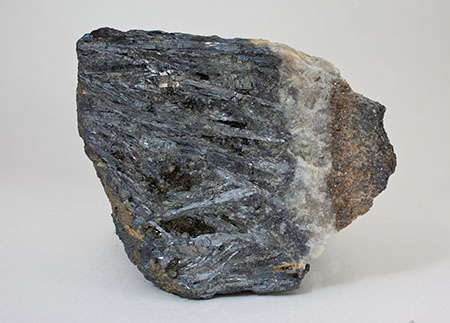
Here are 17 of the best facts about Gastrointestinal Tract Disease and Gastrointestinal Tract Problems I managed to collect. In my opinion, it is useful to put together a list of the most interesting details from trusted sources that I've come across answering what is gastrointestinal tract infection. What are the main purposes of the gastrointestinal tract? how gastrointestinal tract impact humans?Ī baby boy was born via caesarean to a 15-year-old girl, who happened to have a vulva but no vagina, 278 days after she sustained abdominal wounds in a knife fight after giving oral sex, during which time spermatozoa gained access to her reproductive organs via the injured gastrointestinal tract The inner workings of the digestive system don’t just help digest food, but also guide moods and emotions.
Under British rule, Myanmar was the richest country in south-east Asia.While investigating facts about Gastrointestinal Tract Infection and Gastrointestinal Tract Anatomy, I found out little known, but curios details like:Ībout 95% of serotonin is produced in the gastrointestinal tract which is lined with a hundred million nerve cells, or neurons, that are influenced by bacteria. Here, you will also find other religions such as Buddhists, Hindus, Taoists, Muslims and Christians. Myanmar is mostly a Theravada Buddhist country. The rich ecological diversity is also an important national asset. Here, you will find about 100 bird species, 300 reptiles, 7000 species of plant life and 300 recorded mammal species. Myanmar is endowed with a rich ecological diversity. Literacy Rate in Myanmar is 83 per cent and life expectancy is 57 years. Most common unit of measure is feet and inches. Common local unit of weight is peiktha (viss), which equals to 3.6 pounds. The ethnic origins of Myanmar are a mixture of Indo-Aryans, who moved to the area in 700 BC. Myanmar depends on agriculture for more than half of its GDP. The lowest point in Myanmar is the Andaman Sea (0 m) and the highest point is Hkakabo Razi (5,881 m). Mandalay, the last capital of the Myanmar Kingdom is the cultural center of the country. Myanmar has three main seasons, hot season (March to May), rainy season (June to October) and cold season (November to February). There are four major rivers in Myanmar: Ayeyarwaddy River, Thanlwin River, Chindwin River, and Sittaung River. Initially, many Burmese girls served the courts of the Kings of Siam, now known as Thailand. In 2006 the capital of Myanmar was moved from Yangon (formerly Rangoon) to Nay Pyi Taw. Major credit cards are not always accepted in Myanmar, so it’s always better to carry some cash. More than 20,000 people were killed and thousands were left homeless, in the May 2008 Nargis Typhoon, which destroyed villages and rice fields. The national currency of Myanmar is Kyat.  Myanmar is divided into states, divisions, townships, wards and villages. The country has been plagued with rebels in various ethnic areas ever since its independence. state of Texas and slightly larger than Afghanistan. Myanmar, which has a total area of 678,500 square kilometers, is the largest country in mainland Southeast Asia, and the 40th-largest in the world.
Myanmar is divided into states, divisions, townships, wards and villages. The country has been plagued with rebels in various ethnic areas ever since its independence. state of Texas and slightly larger than Afghanistan. Myanmar, which has a total area of 678,500 square kilometers, is the largest country in mainland Southeast Asia, and the 40th-largest in the world. 
The Irrawaddy River in Myanmar is believed to be a symbol of ‘continuity’. There are many neighboring countries which surrounds Myanmar namely, Bangladesh in the west, India in the northwest, China in the southeast, Laos and Thailand in the East. The climate of Myanmar is generally humid, and it receives less rainfall but the temperature remains quite mild all through the year. Myanmar is very rich in natural resources like petroleum, timber, tin, antimony, zinc, copper, tungsten, lead, coal, some marble, limestone, precious stones, natural gas and hydropower.






 0 kommentar(er)
0 kommentar(er)
